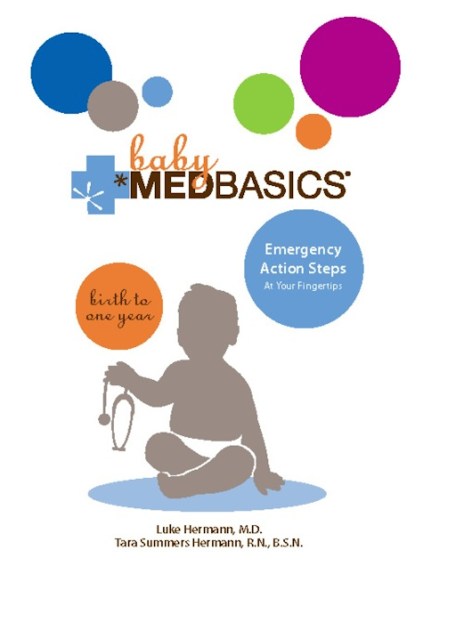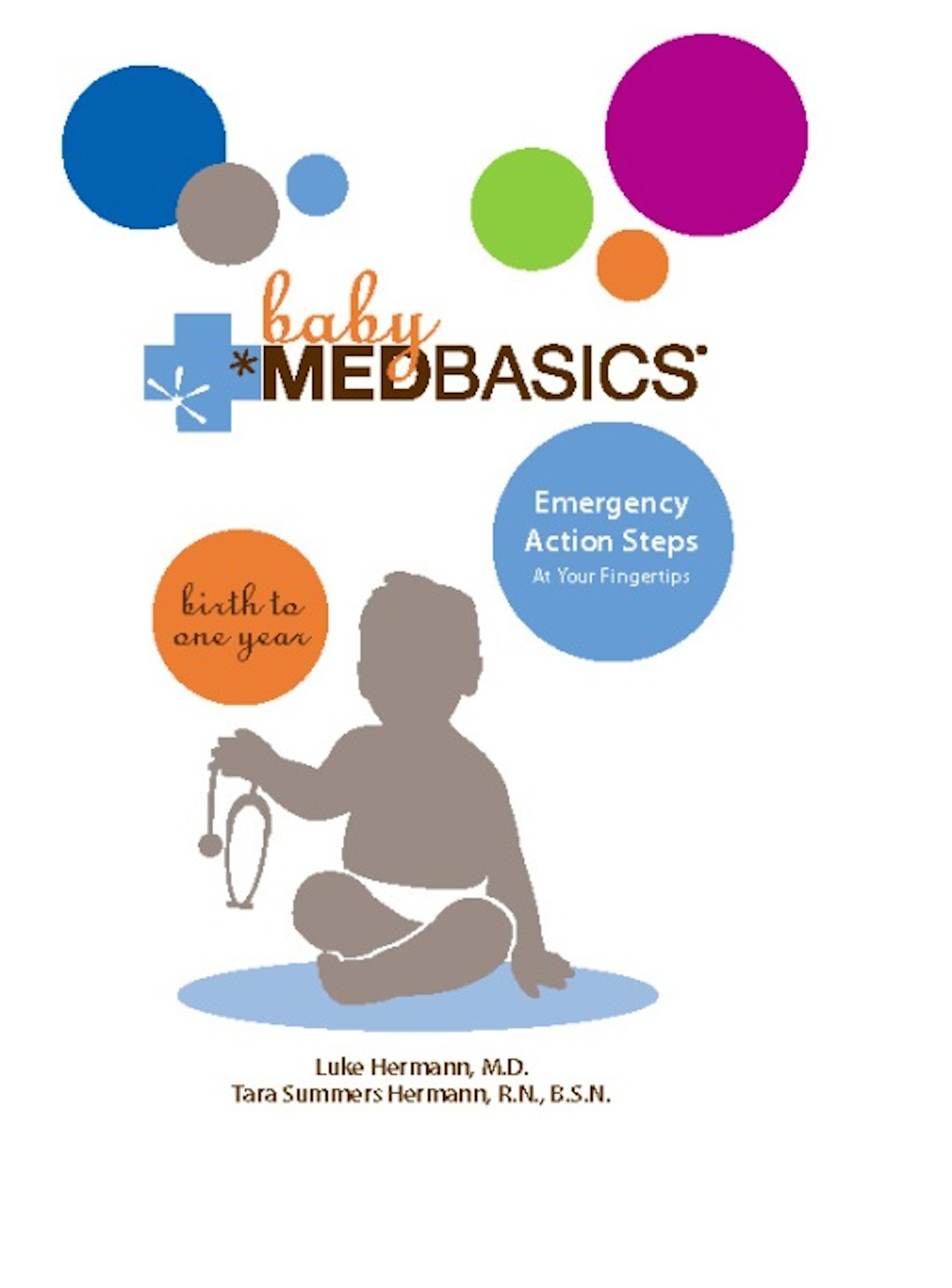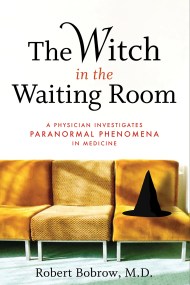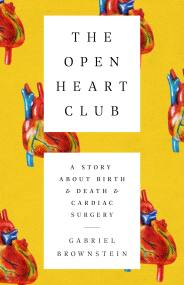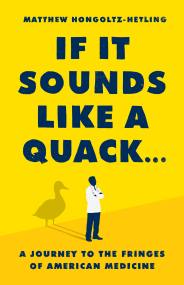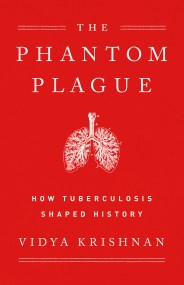Promotion
Use code MOM24 for 20% off site wide + free shipping over $45
Baby Medbasics
Lifesaving Action Steps at Your Fingertips: Birth to One Year
Contributors
By Luke Hermann
By Tara Summers Hermann, RN, BSN
Formats and Prices
Price
$8.99Price
$11.99 CADFormat
Format:
ebook (Digital original) $8.99 $11.99 CADThis item is a preorder. Your payment method will be charged immediately, and the product is expected to ship on or around April 5, 2011. This date is subject to change due to shipping delays beyond our control.
Also available from:
In an emergency, every second counts: with its quick-to-find tabs, lay-flat spiral design, and portable size,Baby Medbasics is an empowering “peace of mind” resource for parents and caregivers.
If your baby was suddenly choking on a Cheerio, would you know what to do? With Baby Medbasics, a frantic parent can find that urgent information quickly and easily. With first aid for choking, CPR, fever, bleeding, and burns, Baby Medbasics boils it down to the essentials, providing parents and caregivers with an absolute “must-have” reference in preparing for serious emergencies.
In an emergency, every second counts: with its quick-to-find tabs, lay-flat spiral design, and portable size,Baby Medbasics is an empowering “peace of mind” resource for parents and caregivers.
Genre:
- On Sale
- Apr 5, 2011
- Page Count
- 64 pages
- Publisher
- Running Press
- ISBN-13
- 9780762443888
Newsletter Signup
By clicking ‘Sign Up,’ I acknowledge that I have read and agree to Hachette Book Group’s Privacy Policy and Terms of Use
